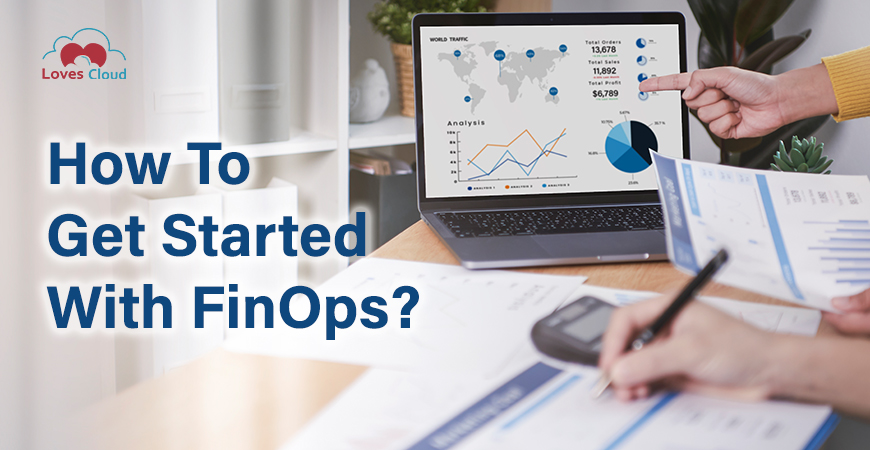
How to Get Started with FinOps?
FinOps, short for Financial Operations, is a methodology that helps organizations optimize the costs associated with their cloud infrastructure and applications. It involves using data, automation, and collaboration to ensure that IT and finance teams are aligned on the cost and usage of cloud resources. With the increasing adoption of cloud technology, FinOps has become essential for many companies looking to optimize their cloud spending.
Furthermore, a survey conducted by FinOps Foundation among over a thousand practitioners found that the field encompasses more than just finance and engineering. It also finds application in areas such as telecommunications, manufacturing, and energy. This underscores how FinOps can play a significant role in optimizing cloud technology adoption. After all, every decision that will affect your overall operations should hinge on facts, and this includes the adoption of FinOps. So that being said, ask yourself if your business has the funding or resources needed to practice FinOps (specifically, the training and executive buy-in it entails). Next, check if your designated FinOps team will require 3rd party tools to analyze large amounts of billing data. Ultimately, having this information helps ensure that your organization can embrace FinOps smoothly and accommodate the changes it brings. Once you’ve ensured that your company is primed for FinOps, you can start optimizing this within your organization.
To get you started on this diversely beneficial tech, this article will walk you through the basics of getting into FinOps:
Tag your assets
Tagging your assets is the first step to implementing FinOps. It allows you to categorize resources by environment, application, and cost center. This information can be used to understand usage patterns and identify areas to cut costs (as will be discussed in depth later on). There are several ways to tag your assets, including using automation tools provided by cloud providers. For example, Amazon Web Services provide the AWS Resource Tagging service, which allows you to tag EC2 instances and EBS volumes.
When creating a tagging strategy, it’s important to align it with your organization’s needs. This includes identifying the key information you want to track (such as the three listed above) and determining the best way to represent this information. You can ensure all resources are tagged consistently and accurately by implementing effective tagging governance.
Understand your cloud spending
After tagging your assets, the next step is understanding how much you spend on cloud services. Doing so lets you see where your money is going and makes it easier to stick to an optimum cloud budget. By breaking down your costs according to service, resource, and tag, you can identify which aspects of your system are the most expensive and where cost optimization opportunities may lie. You can even analyze your current data to identify unused resources and forecast future costs. By doing so, you can resize and budget more effectively moving forward.
To this end, our cloud management platform Powerboard can provide detailed information on your cloud costs, including usage and cost breakdowns. With the platform delivering a bird’s eye view of your cloud resources, you can manage your cloud cost spending more efficiently.
Automate cost optimization
Once you have a good grasp of your cloud spending, automation can enable you to implement strategies that can optimize costs. Automation’s use cases in FinOps primarily involve identifying and terminating underutilized resources by default and scheduling resources to start and stop automatically based on usage patterns. Adopting automated solutions to cloud management can help organizations achieve significant cloud cost savings of up to 30%. Automation tools provided by cloud providers such as Google Cloud Cost Optimization have special functions such as reserved instances, allowing you to pay a lower hourly rate for a resource you commit to using for a certain period.
As long as you implement automation with a clear strategy, you can maximize the benefits of cost optimization, gain more control over your cloud costs and focus on other essential aspects of your business.
ITBrief Australia reports that FinOps has the potential to help organizations optimize their spending decisions. With the current macroeconomic environment compelling vigilance on cost optimization, FinOps will fill a critical need within organizations in 2023 and beyond.

